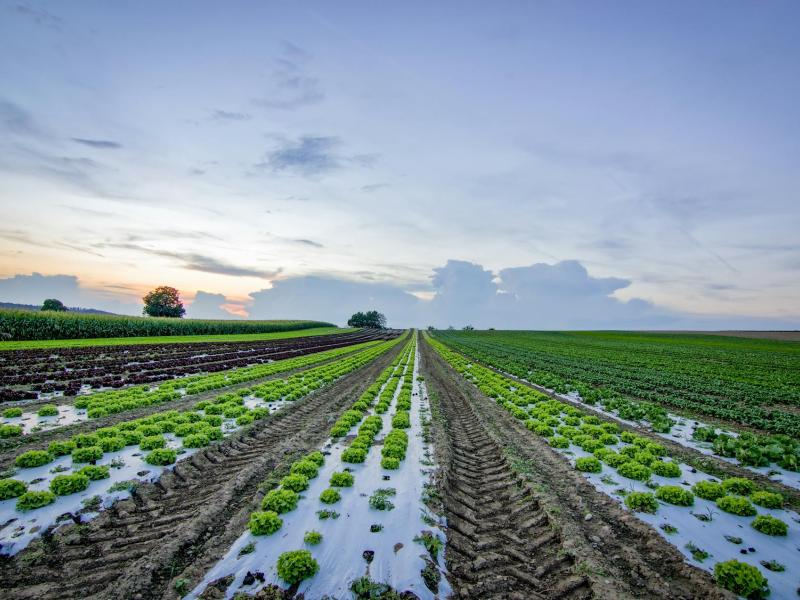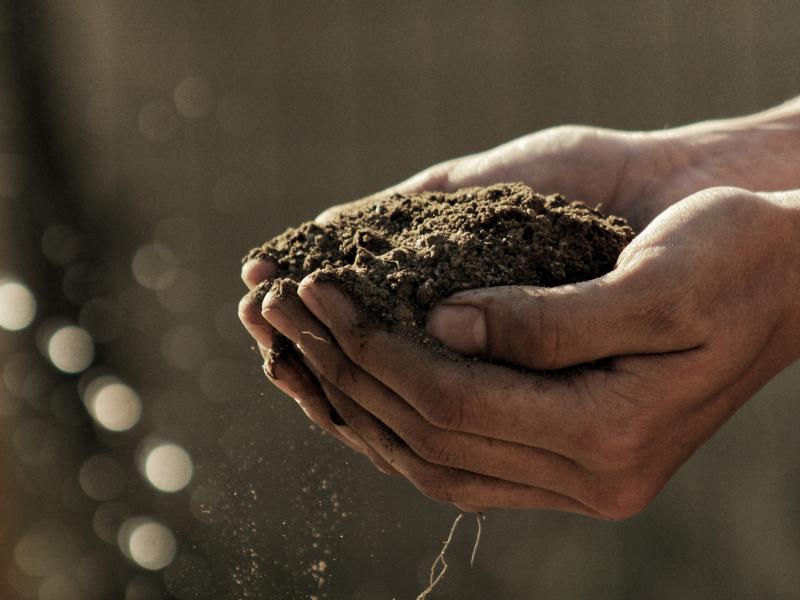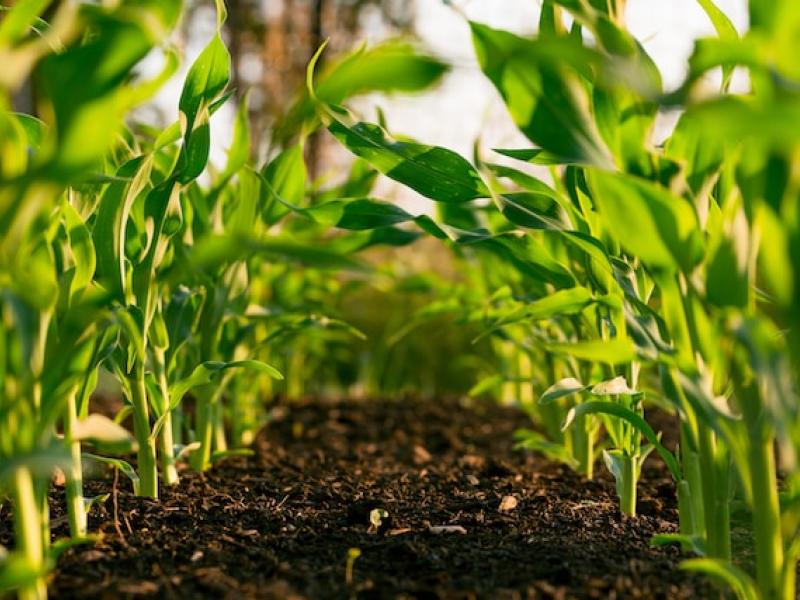
Canadian and U.S. soil classification systems have some significant differences. Despite these differences, there are a number of open access resources that are relevant to Canadian and U.S. agricultural production.
The resources outlined in this post are developed by soil scientists. They are written in an accessible style and represent state-of-the-art approaches in explaining how soil properties impact agricultural production and ways in which management practices can be used to improve soil health (or soil function).

Digging into Canadian Soils is an introductory textbook divided into three parts which cover fundamental soil characteristics and classification, soil genesis and distribution across different provinces and regions of Canada, and advanced soil management methods. The first section on soil characteristics and classification is suited for new practitioners of soil science and can serve as a good review for those with knowledge of discipline. The final section of the book has chapters on management practices for soil health and digital soil mapping which are extremely relevant to anyone working in production agriculture.

Soils Laboratory Manual: K-State Edition is an excellent resource for those interested in understanding how basic soil test are conducting in a lab setting or those who intend set up a soils lab and do their own basic testing.

Soil and Water Conservation: An Annotated Bibliography reviews extension bulletins, USDA NRCS practices, and state and federal reports and resources. These publications and resources are a good starting point for anyone seeking to implement soil health practices and tracking soil health indicators in production agriculture.

Comprehensive Assessment of Soil Health: The Cornell Framework contains four parts. The first part covers basic soil health concepts, identifies characteristics of healthy soils, and discusses common constraints to soil function. The second part explains Cornell's Comprehensive Assessment of Soil Health (CASH), which is a framework for quantifying key physical, chemical, and biological indicators of soil health. The third part highlights some practices for managing soil health. The fourth part provides additional resources for practitioners.
